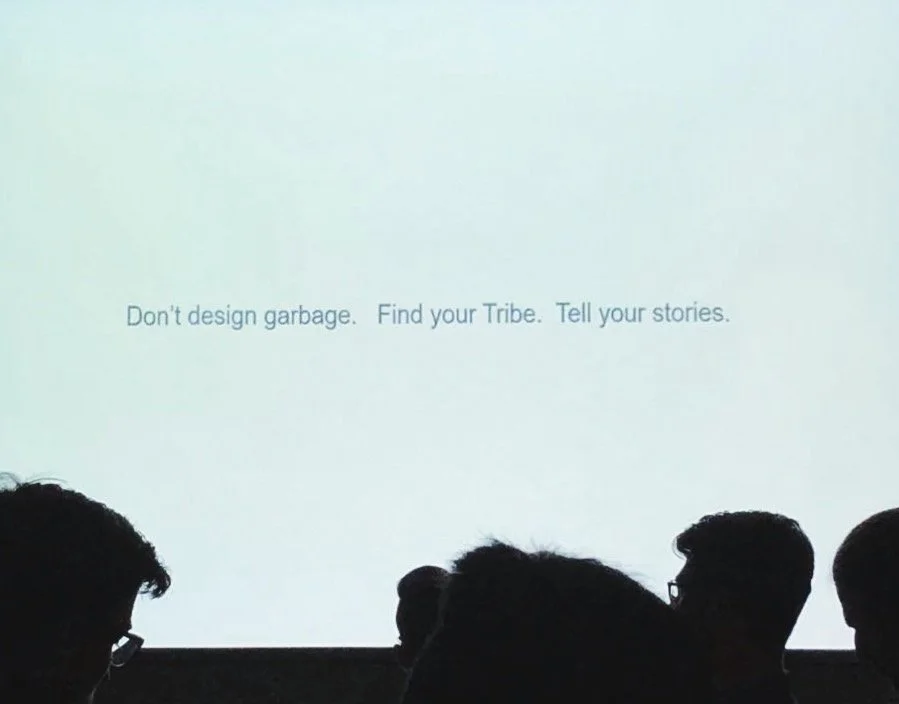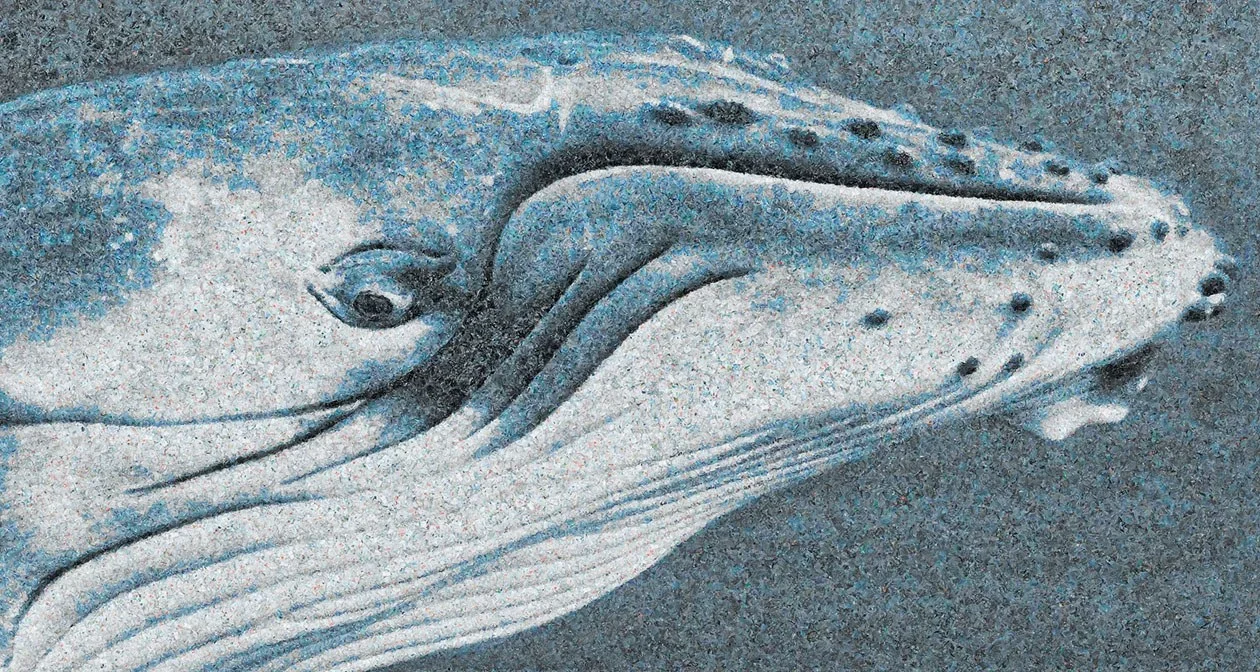3 rules for success
This photo was snapped by the legendary Arunas Oslapas during my visit to Western Washington University ID program in February of 2020.
A month ago, I had the pleasure of joining Jula He and Beatrice Milasan on their Podcast Curious Minds. I loved that they were young entrepreneurs themselves, courageously reaching out into the industry of design, science and technology and bringing those stories back to a new generation of change-makers (their audience is mostly 13-18yr old!).
Near the end, they asked me what were three pieces of advice I would give someone seeking a career in design? I shared with them the three most successful things I’ve done over the years: it’s a mantra I’ve embedded in presentations, summoned over a coffee for a career chat with an aspiring designer, or just considered quietly over a notebook from time to time. I’d like to share it with you here: If you want to have a great career in design, strive to do these three things:
#1 Don’t design garbage
This composition by Chris Jordan of an endangered blue whale is composed from thousands of photos of plastic grocery bags - illustrating how a million careless and myopic acts lead to ecological tragedy.
Do something exceptional and people will notice. Get good at moving the mundane in the direction of exceptional. Maybe all products are garbage at some time in their lives, but none should be from the moment they are produced.
As an industrial designer, you will be a part of this cycle and every project you take, every brief from a client and every cost-cutting target leveled at you will test your ability to ask the simple question: “Does this product deserve to exist?” If not, then how can you change that?
Sometimes the answer lies in what the product does. One can argue that the world doesn’t need another kitchen utensil, there are enough spatulas, potato peelers and colanders to last a millennia, but somehow Oxo manages to show us there’s a better way each and every time. Some step can be saved, or a simple change in material and shape can make things better than they ever were. When you walk into the kitchen aisle at the grocery store you see Oxo products next to two or three other brands - cheaper versions of the millions of copies already laying in kitchen drawers and landfills across the globe. Those others don’t need to be there. Some designer wasted their time on those, make sure that’s not you.
Sometimes it’s about what the product is made of. Every day a gigaton of plastic is melted and formed into a product and every day as much or more is discarded somewhere. Simply making a different, more sustainable decision, even (especially) if it is a commodity product is a subversive and purposeful act. Do it.
Sometimes it’s simply about quality and craft. Folks can tell when a thing is designed to last. Subjective and arbitrary values you can endlessly debate with engineers and project managers - like beauty, elegance, quality and attitude don’t just make products more desirable, they make them keepers and heirlooms. They create love. They influence and inspire other designers, they move markets. You can do what everyone else is doing, do what sells already, or you can do the next thing, the better thing. Do that.
If you want to succeed, first realize the world is (at best) treading water. Most designers design to sell units, hit business targets and stay employed. That’s 99% of what is happening out there.. But you want to swim. You want to say something. You don’t want to just hand the world another widget, you want to move. Do that and people will pay attention.
#2 find your tribe
How and with Whom is just as important as What. I’ll always remember the Lytro project (with Markus Wierzoch (left) and Dave Evans (Right) as one of the most personal and rewarding projects of my career.
Over the course of time, if you are lucky, you will start collecting people. These are people you can create with - maybe they’re just like you and maybe (more likely) they are opps. At least at first they were. Folks you argued with and struggled with, but then at some point something clicked and you noticed that they see the corners you miss and visa versa. Other times they’re folks who just complete you, and when you create together it feels like climbing an endless ladder. They know you, and know what you do and they want you to be you and do what you do :). Collect them and keep them close. These relationships unlock your best work, and often they are the source of opportunity for you throughout your career. They are the ones you recruit for a critical mission, the ones you walk the blind alleys with. Their success is your success and visa versa.
Inversely, be wary of burning bridges. As rare as the special people are in your life, the people you can’t work with should be even more rare to find. Each one is a door closed and you can’t afford that. Expand yourself to succeed with the widest range of people and you will be wildly successful and effective.
#3 tell your stories
I subscribe to the idea that great design is something made and something shared. The value is in the sharing. My career has been equal parts building and equal parts sharing that experience with others - whether it is building my portfolio, writing this blog or sitting down for a chat with a student or professional who reaches out. Almost every job I ever got was a result of this activity.
In this career you should share everything: your knowledge, lessons learned, your dreams, your ideas, your skills and advice, your struggles and your triumphs. Treat this the way you treat design: as an act of love and care, not an act of self-preservation. Raise others up where you can, tell their stories too. Take a photo of a colleague sharing their ideas in a critique, frame it and give it to them. Share your hardest moments and toughest lessons so others can see they aren’t alone. Get thoroughly stoked about what you made and what you achieved when someone reaches out to share how your product helped them or changed their lives. This celebrates the work, but it also invites folks to know you in an authentic way.
Your own 3 things
I’m at a time in my life where I think a lot about my values - and I’m extremely curious about what drives others (people, companies, industries). If you are successful in work and in life, it is likely your value system is aligned with the choices you make in the day to day. Certainly, in design, working within a value system is important. What I learned, more than anything in this process of sharing my 3 things, is that my values of finding purpose, friendship and impact can all be expressed in a career in design. That’s quite a gift.
It’s worth sitting down and contemplating your own recipe for success and finding a way of sharing that. If you do, please look me up and share it with me at least :). I’d love to hear it.





